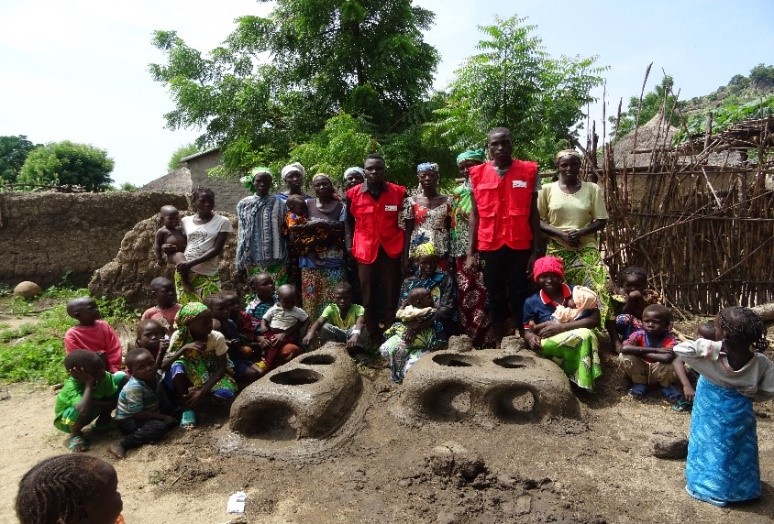Evaluación de la efectividad del manejo del Parque Nacional Zona Marina Archipiélago Espíritu Santo
La evaluación de la efectividad se realizó mediante: (1) Diseño de un protocolo de monitoreo (2) Capacitación de los monitores (3) Selección de los sitios de monitoreo, similares entre si y representativos de las Zonas Nucleo y Zonas de Amortiguamiento; (4) Se establecío la linea base; (5) Analisis de los datos (6) Como una medida de manejo adaptativo se establecieronestrategias, como la inclusión de otros sitios, los arrecifes artificiales (7) Se comparó la información entre los sitios de muestreo (8) Se hicieron las recomendaciones, y dentro de los principales resultados que se obtuvieron a lo largo del periodo de monitoreo se mencionan los siguientes:
1. Al prohibir la pesca en algunas áreas, el número y el tamaño de peces aumenta, resultando en una mayor depredación de invertebrados.
2. Se ha mantenido alta la biodiversidad de la zona
3. En las Zonas Nucleo son las áreas de reproducción y alimentación en donde se mantienen sus poblaciones
4. Una recomendación importante es mejorar la vigilancia local y difundir los resultados del monitoreo en el cual participan los pescadores y usuarios del parque, con la sociedad de la ciudad de La Paz, a fin de que se conozcan los resultados exitosos de un trabajo conjunto realizado por la academia, los pescadores, usuarios y personal del área.
La evaluación de la efectividad del manejo del Parque Nacional utilizando indicadores biofisicos, es fundamental para establecer que tanto éxito se tiene en alcanzar resultados de conservación de los ecosistemas y su biodiversidad, es con esto como es pósible demostrar que se están alcanzado los objetivos para los que fue creado este Parque Nacional "albergando gran variedad de peces, aves y mamiferos marinos, habitat de fondos arenosos, arrecifes rocosos" conservados con integridad ecológica.
Las lecciones aprendidas son:
1. La mayoría de los peces e invertebrados marinos hacen uso de más de un tipo de hábitat a lo largo de su vida. Esto es relevante porque no siempre es posible proteger un área entera o una población con distribución amplia, y sí un área particular en donde los organismos pasan parte de su ciclo de vida.
2. Las tres zonas núcleo, San Gabriel, Los Islotes y Punta Lobos a La Bonanza, fueron identificadas como zonas de importancia para la pesca. Sin embargo, cada una tiene un objetivo distinto, por lo que es necesario preguntarse si están cumpliendo los objetivos para los que fueron creadas.
3. El monitoreo de indicadores biofisicos debe ser a largo plazo, a fin de contar con una serie de tiempo de los procesos biológicos, ecosistemicos y físicos
4. La construcción de los indicadores biofisicos para establecer la efectividad de las acciones de manejo para la conservación de los valores naturales del área protegida, deben tener en cuenta la importancia de lineas base
